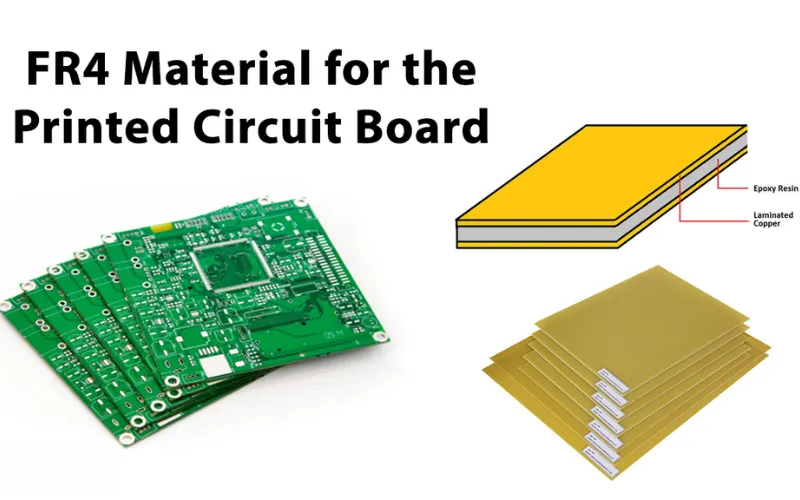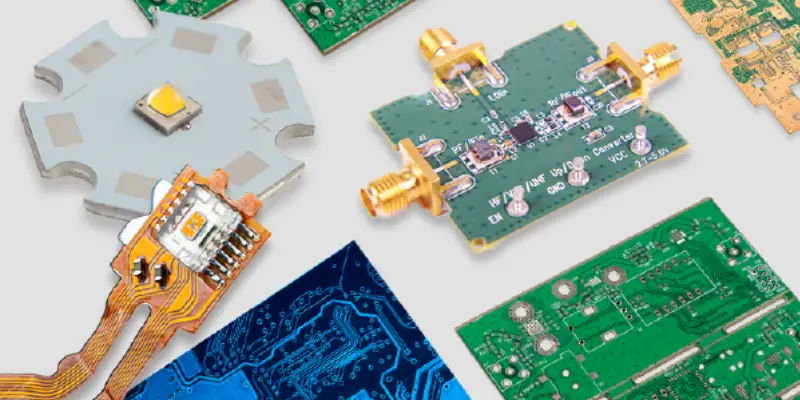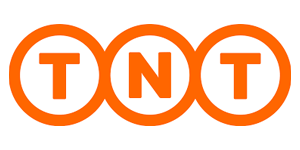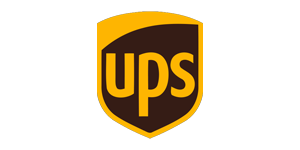Introduction: The Critical Role of Material Selection in PCB Manufacturing
When it comes to printed circuit boards (PCBs), the choice of material isn’t just a matter of preference; it directly impacts both performance and cost. While manufacturers often focus on design and component selection, the base material can significantly influence the overall functionality, durability, and price of a PCB. In this article, we will explore how different materials affect PCB performance and cost, and why making the right choice is crucial for achieving the desired balance between quality and budget.
 PCB material selection overview
PCB material selection overview
1. The Basics of PCB Material Selection
At its core, the selection of materials for a PCB involves choosing the right substrate (typically a form of fiberglass) and the right conductive material for the traces (usually copper). The most commonly used materials include FR4 (a type of fiberglass laminate), CEM1, and aluminum-based substrates. Each material has unique characteristics that can impact the board’s electrical properties, thermal performance, and overall cost.
 FR4 PCB material comparison
FR4 PCB material comparison
2. The Impact of Material on PCB Performance
The type of material chosen for a PCB affects several key performance factors:
- Electrical Performance: Materials with better dielectric properties reduce signal loss and improve high-frequency performance.
- Thermal Management: Materials like aluminum and ceramics offer superior heat dissipation, making them ideal for high-power applications.
- Durability: High-quality substrates can enhance the mechanical strength of a PCB, leading to better performance under stress.
 PCB performance materials
PCB performance materials
3. Material Costs and Their Effect on PCB Pricing
Material selection is one of the primary factors driving the overall cost of a PCB. High-performance materials such as ceramics or high-frequency laminates tend to be more expensive than standard FR4. The price of raw materials, as well as their availability and manufacturing complexity, plays a huge role in the final cost of the PCB. Choosing lower-cost materials may save money initially but could result in poor performance or early failure.
Cost Breakdown
| Material | Average Cost per Square Meter | Pros | Cons |
|---|---|---|---|
| FR4 | $10 - $20 | Affordable, durable | Lower thermal and electrical performance |
| CEM1 | $5 - $15 | Cost-effective | Less durable and flexible |
| Aluminum | $50 - $100 | Excellent thermal dissipation | Higher cost, heavier weight |
| Ceramic | $100 - $200 | Superior heat resistance | Expensive, brittle |
 PCB cost breakdown by material
PCB cost breakdown by material
4. FAQs About PCB Material Selection
- Q1: Why is FR4 the most commonly used material for PCBs?
A1: FR4 offers a good balance of electrical and mechanical properties at an affordable price, making it ideal for most consumer electronics. - Q2: Can high-frequency materials improve signal integrity?
A2: Yes, materials such as PTFE (Teflon) are used in high-frequency PCBs to minimize signal loss, making them ideal for RF (radio frequency) applications. - Q3: Does material selection affect PCB lifespan?
A3: Absolutely. Materials with better thermal properties and moisture resistance can extend the lifespan of a PCB, especially in harsh environments. - Q4: Can I use cheaper materials for low-power applications?
A4: Yes, for low-power or non-critical applications, cheaper materials like CEM1 can be a viable option without compromising performance. - Q5: Are there environmental concerns with PCB materials?
A5: Yes, many PCB materials contain hazardous substances. Manufacturers are moving towards more eco-friendly options, such as lead-free solder and halogen-free laminates.
5. Conclusion: Striking the Balance Between Performance and Cost
Choosing the right materials for PCB manufacturing is a delicate balance between optimizing performance and managing costs. While high-end materials offer superior performance in specific applications, they come with a significant price tag. On the other hand, budget materials may suffice for less demanding tasks but could fall short in critical applications. Understanding the impact of different materials on both performance and cost will help manufacturers make informed decisions that align with their product requirements and budget constraints.







